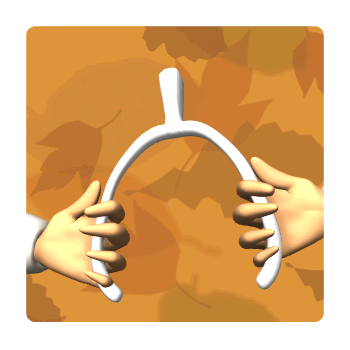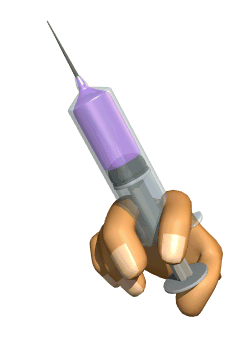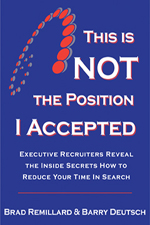Your LinkedIn Profile May Be More Critical Than Your Resume In A Job Search
This is an important discussion that I believe will accelerate over the next few years, especially for professionals and those in managerial positions. However, I still believe that the discussion is very relevant for all others.
Right now this is the, “which came first the chicken or the egg” argument.
So what do recruiters, HR, and hiring managers screen with first? Your resume or your LinkedIn profile?
One side might argue the resume. The candidate emails the resume or replies to a job posting. The person screening reviews the resume and makes a decision to follow-up or not. So in this example the resume was the deciding factor.
The other side would argue that, more and more before companies incur the expense of posting an ad, they first go to LinkedIn. This is especially true for recruiters. They first go to LinkedIn, and if they can’t find a person on LinkedIn they will post an ad. So here LinkedIn is the most important.
As a retained executive recruiter and job search coach, I would take the position that both are important, but LinkedIn is rapidly passing up the resume, and is at least equal to it.
I take this position because so often, and it is increasing at an alarming rate, after the person screening your resume reads it, the next stop is LinkedIn. They want to see your profile. My partner, Barry Deutsch, and I are being told more and more by our clients that this is what they are doing. I just wrote an article about how one of my clients was considering hiring a person until they looked at their LinkedIn profile. BTW, this is becoming true not only for LinkedIn, but for all social networking sites including Facebook and Twitter.
People screening your resume are becoming more savvy about LinkedIn. I’m not referring to recruiters. We have been using LinkedIn for years. With the explosive growth of LinkedIn due to the recession, companies are rapidly realizing the enormous value of LinkedIn. So much so, (call me crazy) but I believe that within the next few years, the need for resume databases on the job boards will become secondary to social media sites. After all, why would a person pay almost $10,000 to search a database of resumes when the information is free on LinkedIn and other sites? In a world of cost cutting, eliminating this cost just makes sense to me.
So what does this mean to the job seeker?
1) Make sure you have a very complete and compelling LinkedIn Profile. A compelling and complete profile can literally change your search overnight. I have seen this happen with people I do job search coaching with. Unfortunately, only about 10% currently have a compelling and complete profile. That is why when you have one, you stand out.
I can’t stress this enough. 90% of most profiles on LinkedIn are at best fair and most are so incomplete they are worthless. What a golden opportunity to position yourself as the “expert” in your field. In today’s market, companies are searching for the expert. That can be you. LinkedIn has the tools for you to do this. Why so many don’t take advantage of these FREE tools is beyond me. If you know “WHY” please enlighten me.
2) Don’t forget Facebook, Google profiles, and Twitter. These are often overlooked. Why not have a Facebook page that focuses on you as a professional? Use it for your job search, rather than socially. There is an awful lot you can do on Facebook to stand out.
3) Twitter is a great tool that builds awareness. It is easy to use and gives you great exposure. Plus, you can link your tweets back to your LinkedIn status. Now you are killing two birds with one stone.
You have an outstanding opportunity right now (but the window is rapidly closing) to stand out on LinkedIn and be the “EXPERT.” So many people today have such poor profiles that you should take advantage of this by creating a great profile.
How often in your job search have you heard the phrase, “You must differentiate yourself.” Well, this is your opportunity to do so. Why would anyone leave this gaping hole in their resume?
You might qualify to receive a FREE LinkedIn profile assessment, valued at over $300. On March 26th we are having a webinar on how you can leverage LinkedIn to find your next job. We believe this is the most comprehensive webinar we have seen on this topic. We’ll have over 35 slides on how you can build a compelling and complete profile. We will show you step-by-step where the tools are and how you can use them to be the “EXPERT.” These slides and the webinar audio recording are included in the webinar. If you want a profile that puts you in the top 10% then you should CLICK HERE to learn more.
At a minimum you should download our 8-Level LinkedIn Self Assessment Profile. This tool is a great start to building a great profile. CLICK HERE to get yours. It is 100% free.
Finally, if you are on LinkedIn, join our LinkedIn Job Search Networking Group. There are more than 4,800 members. It is one of the fastest growing groups on LinkedIn that focuses on job search issues. CLICK HERE to join.
I welcome your thoughts and comments.
Brad Remillard










